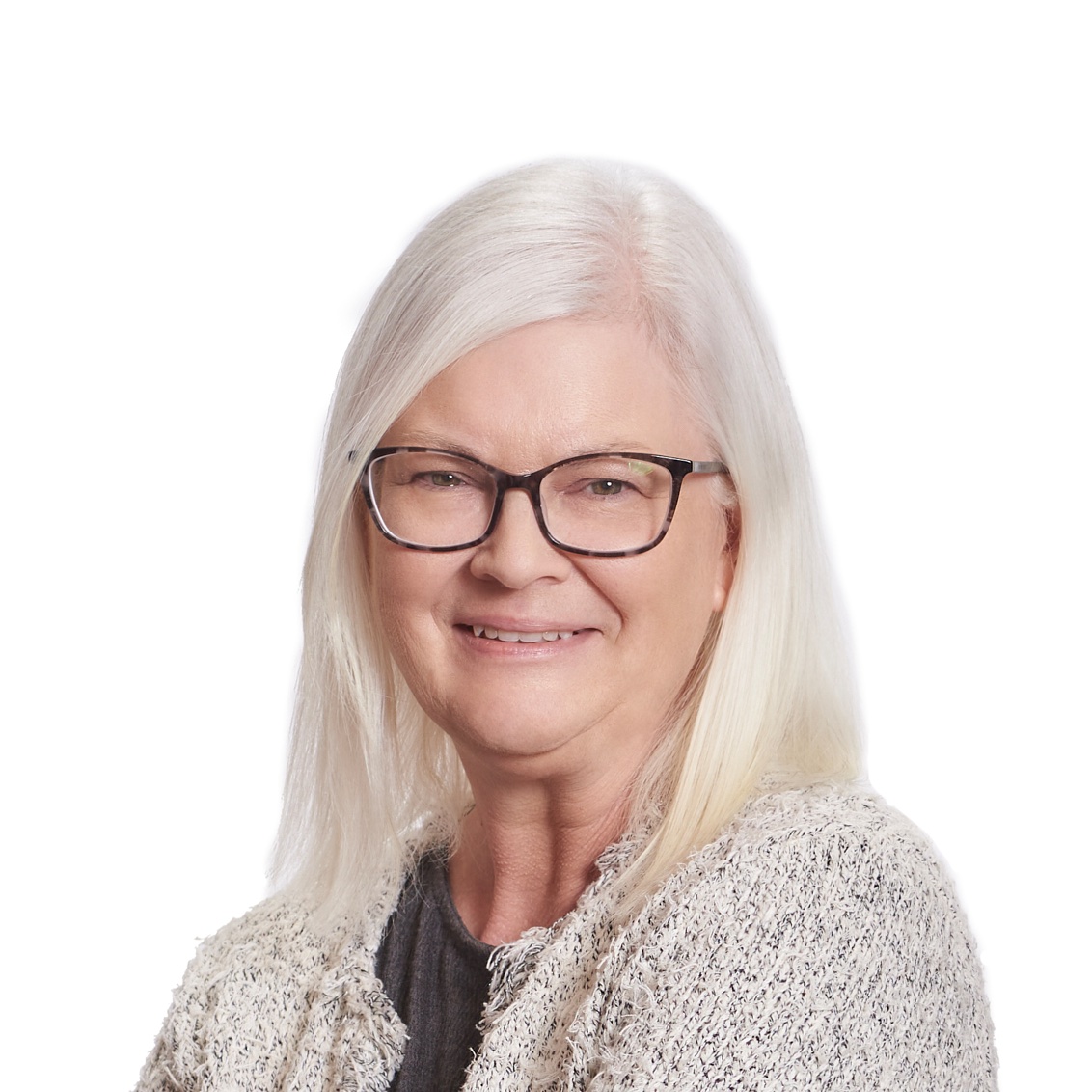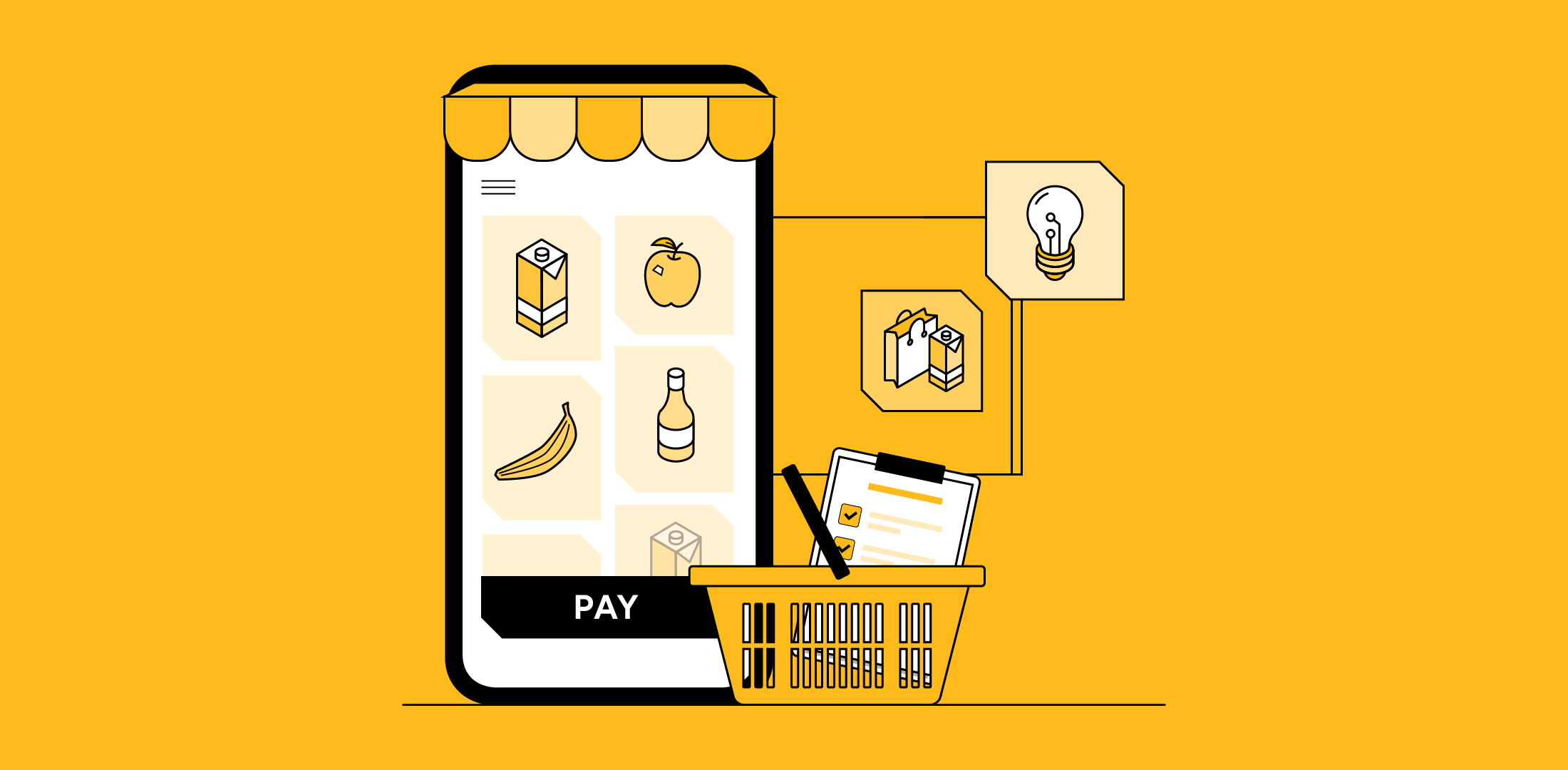
Groceryshop 2023 is in the books, and the hype did not disappoint.
It was an exhilarating and well-spent three days. Dan St. Pierre,
VP of Sales, and Dan Foy, Global Director of Customer Success
at eStoreBrands, share their top takeaways from the event below to give us an indication of the future direction of the grocery industry.
1. Stop thinking ‘Omnichannel’ and start thinking ‘Unified Commerce’
The shopper’s path to purchase is complex, taking many twists and turns between physical and digital touchpoints, and multiple types of media before an item is actually ever purchased. The consumer’s increasing propensity to be channel agnostic when shopping, and the push by retailers and brands to give consumers a seamless shopping experience, regardless of where a product is actually purchased, is what conventionally has been referred to as “omnichannel.” But… do brands truly understand what that means?
Within the first few minutes of the opening session hosted by Groceryshop’s SVP Content, Krystina Gustafson, one thing became clear: “Omnichannel” is a hard-to-define (and even harder to execute) concept that in practice leaves a lot of people scratching their heads. It’s time the industry transitions the talk track away from “Omnichannel” to something perhaps easier for all to grasp: “Unified Commerce.”
We left Groceryshop with the following definition of Unified Commerce:
Unified Commerce is the connectivity between
all channels and formats a shopper can purchase products, and how that ecosystem works
in harmony.
What it means for brands: Having datasets that give you both breadth and depth of coverage — markets, channels, formats, retailers, stores — is important. Equally as important is having a dataset, which can be used by multiple functions and roles within a brand organization, that then becomes a single source of truth in implementing a Unified Commerce strategy.
Take for example our eStoreCheck platform — it is most frequently used by eComm teams to help manage the Digital Shelf. But category teams should also be using pricing/promotion elements; Brand teams should be using content and search elements; Customer success teams should be using ratings & reviews elements; etc. Or maybe, it’s about bringing Supply Chain into the mix so they can view stock performance on an individual store level to better understand how category, eCommerce, and sales all play a part in driving multi-channel performance.
2. Retail Media execution is important; Retail Media ROI measurement is crucial
Retail media ad spend is going through the roof. In the U.S. alone, brands are expected to spend $45 billion on retail media in 2023, up 20% from a year ago, according to Insider Intelligence / eMarketer. What’s more, is that this amount is projected to double by 2027. Retail Media Networks have become an additional and important revenue stream for retailers, serving to boost what’s historically been razor-thin margins in grocery retailing. Is Amazon at this point viewed more as a retailer or media network?
It didn’t go unnoticed that grocery retailers were out in force at Groceryshop this year to showcase their RMNs, meet with brands, and offer their perspectives on the role retail media plays in generating awareness and getting products found online. Also on the retailer agenda: Trying to prove how retail media is driving incremental sales for brands. But with no consistent measurement across retail media networks when it comes to measuring Return on Ad Spend (ROAS) or Incremental ROAS (or iROAS), the jury is still out as far as brands are concerned.
What it means for brands: Measuring Retail Media ROI is definitely a hot topic. Brands want to know what impact investing in retail media is having, not to mention how to best identify and prioritize where and when they allocate their media dollars. This became apparent during the final Groceryshop session when Insider Intelligence Principal Analyst Andrew Lipsman asked a panel of brands: “If you had a magic wand, what would you ask for from Retail Media?” The overarching sentiment: “Incremental ROI measurement” coming from the brand panelists, which included Imteaz Ahamed, Head of Performance Marketing – Nutrition at Reckitt; Jie Cheng, VP & Global Head, Digital Commerce at Mondelēz International; and Simon Miles, VP Global OmniChannel Commercial Strategy at The Coca-Cola Company.
3. Leverage data partners that can help you up the competitive ante
The amount of data and technology solutions available to retailers and CPG brands, as well as the level of innovation happening in this space, came through loud and clear at Groceryshop.
What specifically caught our eye, however, are the various “out-of-the-box” types of data that grocery retailers and CPG brands are starting to integrate into their data lakes. The usual suspects, of course, are included — e.g., industry-standard POS data from the likes of a Nielsen or IRI, and market share and digital shelf metrics from eComm data solution providers. But what’s interesting to note is how commercial data (e.g., store openings/closings, new office building construction, etc.), weather data, and shopper behavior data are now being blended into the ecosystem of CPG brands.
What it means for brands: It’s all about having partners that understand how their data fits into your brand’s ecosystem — and having the right partners to help leverage the ability to use that data effectively. Here are some questions you should be asking each of your data suppliers: What business question(s) are you trying to answer with the data? How can we use your data & insights to influence change or impact our performance?
At the end of the day, brands that embrace an open commerce ecosystem — where complementary data providers work hand-in-hand to tailor solutions to address your specific business questions — could be the ones that find the most success in improving performance and profitability, and accelerating sales growth.







